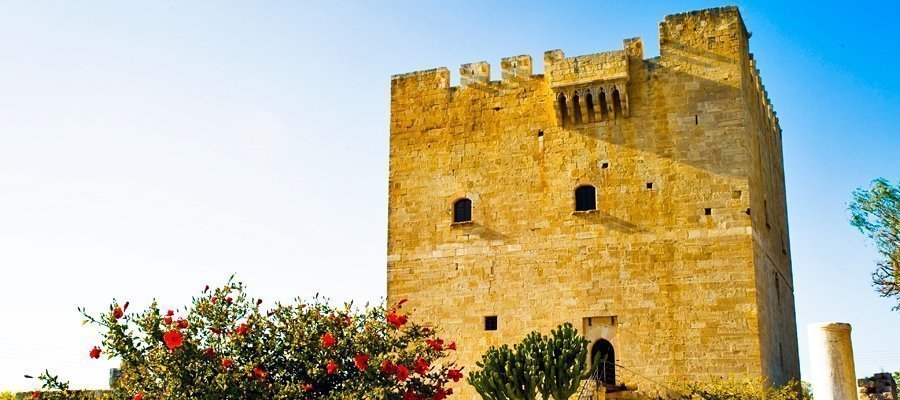The Medieval history of Cyprus starts with the division of the Roman Empire into an Eastern and Western half.
Because of its reach Medieval history, Cyprus is full of castles and sites most of them in a very good condition.
The most beautiful and well preserved castles are the following and they definetily worth a visit.
Kolossi Castle
Serving as a fine example of military architecture, Kolossi castle was originally built in the 13th century, and rebuilt in its present form in the 15th century.
After the fall of Acre in 1291, it served as the Grand Commandery of the Knights of the Order of St. John of Jerusalem, and in the 14th century came under the domain of the Knights Templar. During their stay in Cyprus, the Knights produced and exported a sweet wine, which became known as the ‘vin de Commanderie’. Today, Commandaria wine is one of the island’s traditional wines and one of the oldest named wines in the world, having had the same name for eight centuries.
Next to the castle are the ruins of a 14th century sugar mill.
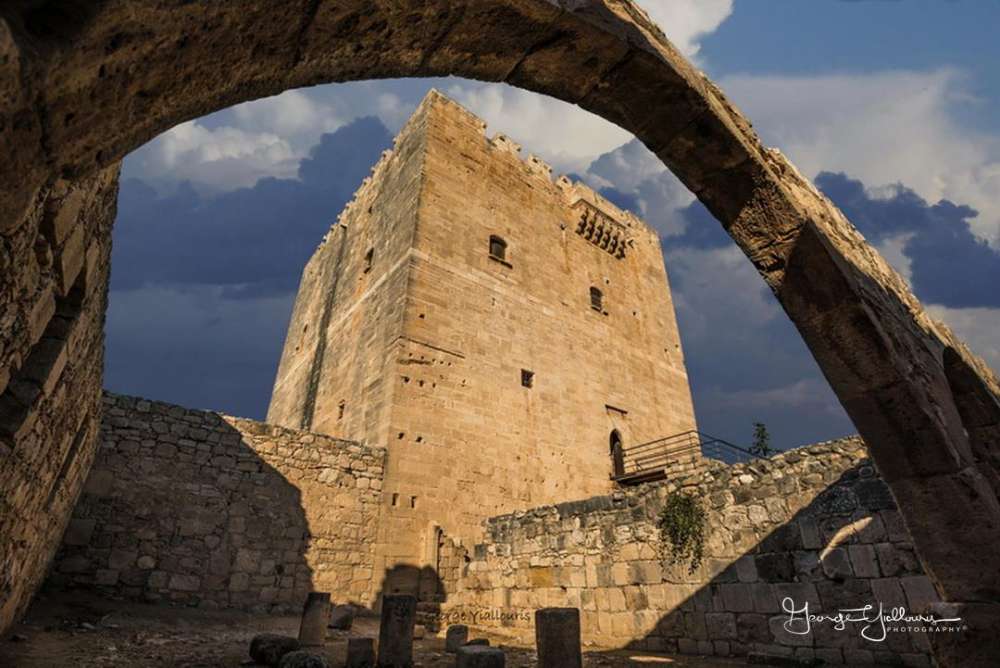
Larnaka Kalesi
Located at the end of the Foinikoudes promenade, the Medieval Castle of Larnaka (also referred to as Larnaka Fort) is believed to have been originally built during the Middle Ages, and took its present form during Ottoman rule, although there is some contestation regarding its origins.
Chronographer Florius Boustronius dates it to the years of Lusignan King James I (1382-1398AD), who built it to protect the harbour of the town. During the same time, the Genovese occupied Famagusta and the Lusignans had to develop another major port for the needs of their kingdom. 18th century sources insist that the castle was built by the Turks in 1625AD, even though a Turkish garrison was stationed there since 1570AD. Other references by travellers confirm that the castle was constructed before 1625.
After the end of the Ottoman era in Cyprus, the British converted the fort into a prison and it was used during the first years of their rule. The western chamber of the ground floor in the east was used for the execution of prisoners. The gallows – which must have been constructed in the room – were in use until 1948.
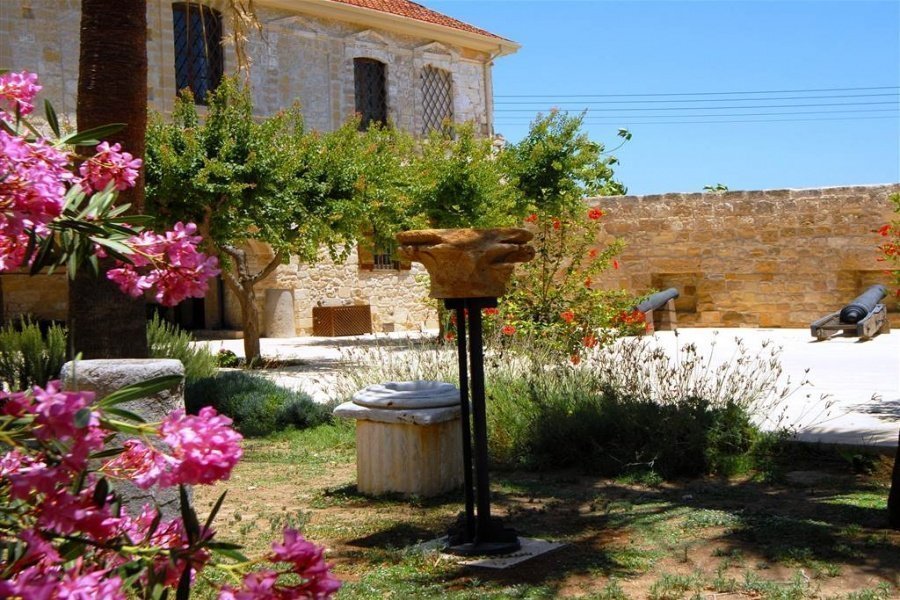
Paphos Castle
Standing grandly at the west end of the town’s harbour, Pafos (Paphos) Castle (Medieval Fort) was originally a Byzantine fort built to protect the harbour, and was rebuilt by the Lusignans in the 13th century, but then dismantled by the Venetians. The Ottomans rebuilt it in the 16th century when they conquered the island. What survives today is the 1592 Ottoman restoration of the western Frankish tower with its Venetian additions. An inscription above the only entrance of the castle bears witness to this restoration.
The main part of the castle is a big square tower that has an enclosed courtyard in the middle. The ground floor consists of a central hall with small rooms on each of its two long sides, which were used as prison cells during Ottoman Rule. There are 12 battlements on the roof, which received a corresponding number of cannons. The Ottomans removed the cannons in 1878, when they handed over the administration of the island to the British, who used the castle as a salt store until 1935, when it was declared an Ancient Monument under the Antiquities Law.
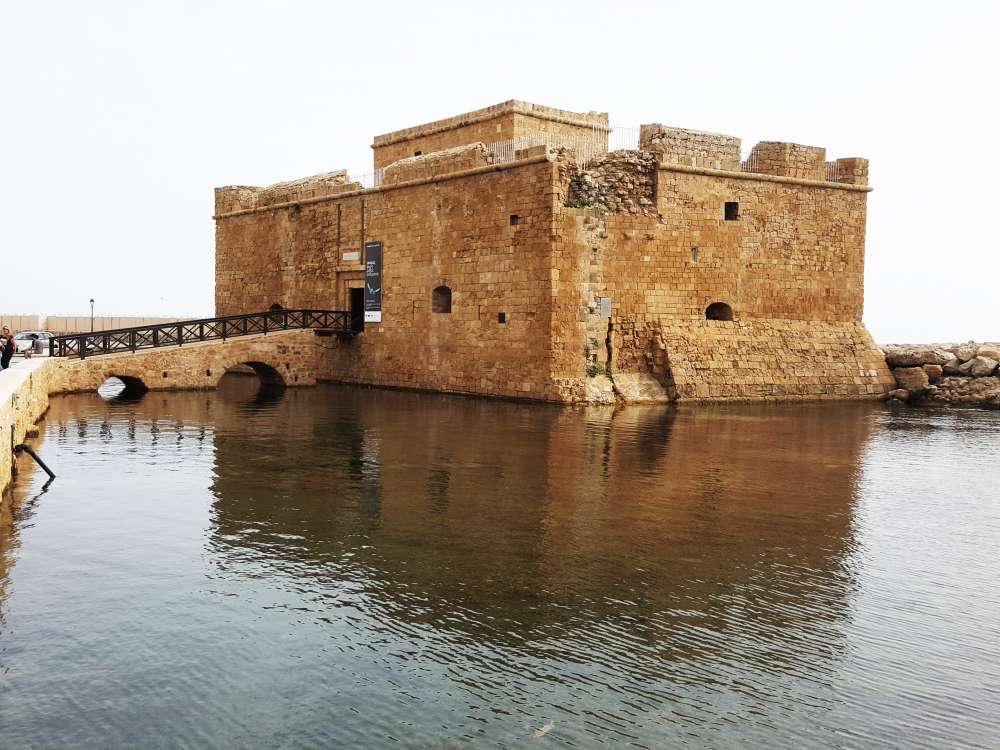
Limassol Castle
The castle itself was built in the 13th century on the site of an earlier Byzantine castle near the town’s old harbour. According to archaeological sources, the castle was much larger in its original form, with the Venetians making many modifications to it so that it could be used in the defences of the town, with its walls strengthened to ward off sea-pirates.
Legend has it that Richard the Lionheart – the King of England and leader of the 3rd Crusade – landed near Amathous on his way to the Holy Land and celebrated his marriage to Berengaria of Navarre in the castle’s chapel in 1191, crowning her Queen of England.
In 1570 the Ottomans conquered the castle and used it as a garrison and jail. During British Rule it functioned as a police station, and briefly as a place of detainment.

Venetian Network of Watchtowers, Xylophagou
Constructed over 500 years ago, the Venetian Watchtowers acted as an early warning system against naval attacks and remain intact in four separate villages within the Larnaka District. Historians believe that the system would have continued across to the Ammochostos region and perhaps even across the whole of Cyprus.
The first watchtower of the Larnaka network can be found in Alaminos Village. The second, which is especially well-maintained, is located 20 metres from the beach of Pervolia and Kiti villages – 2 km from the Cape Kiti lighthouse. A similar tower also exists at Pyla Village in the centre of Larnaka Bay (near the Church of the Archangels), with the fourth watchtower at Xylophagou Village.
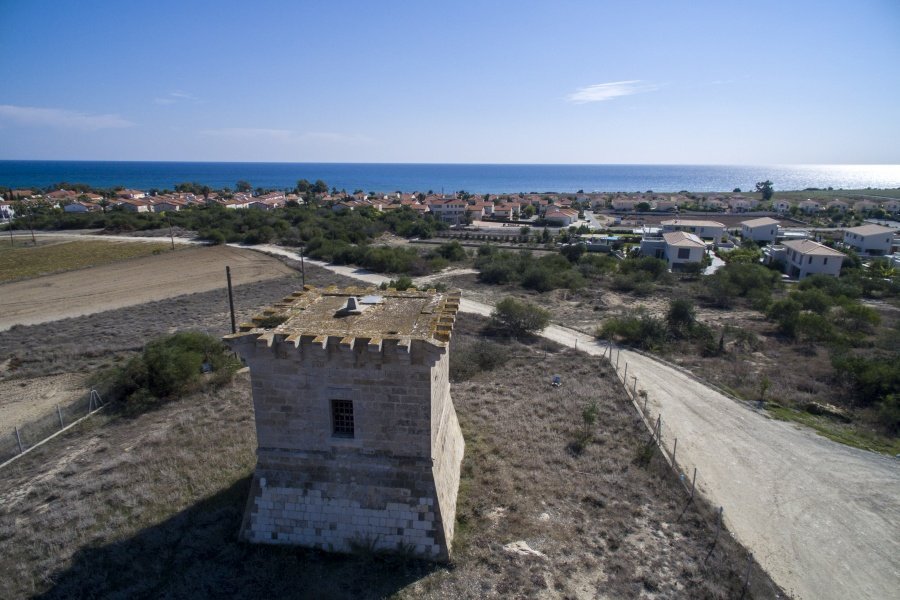
Courtesy of CTO, Praxia Aresti


